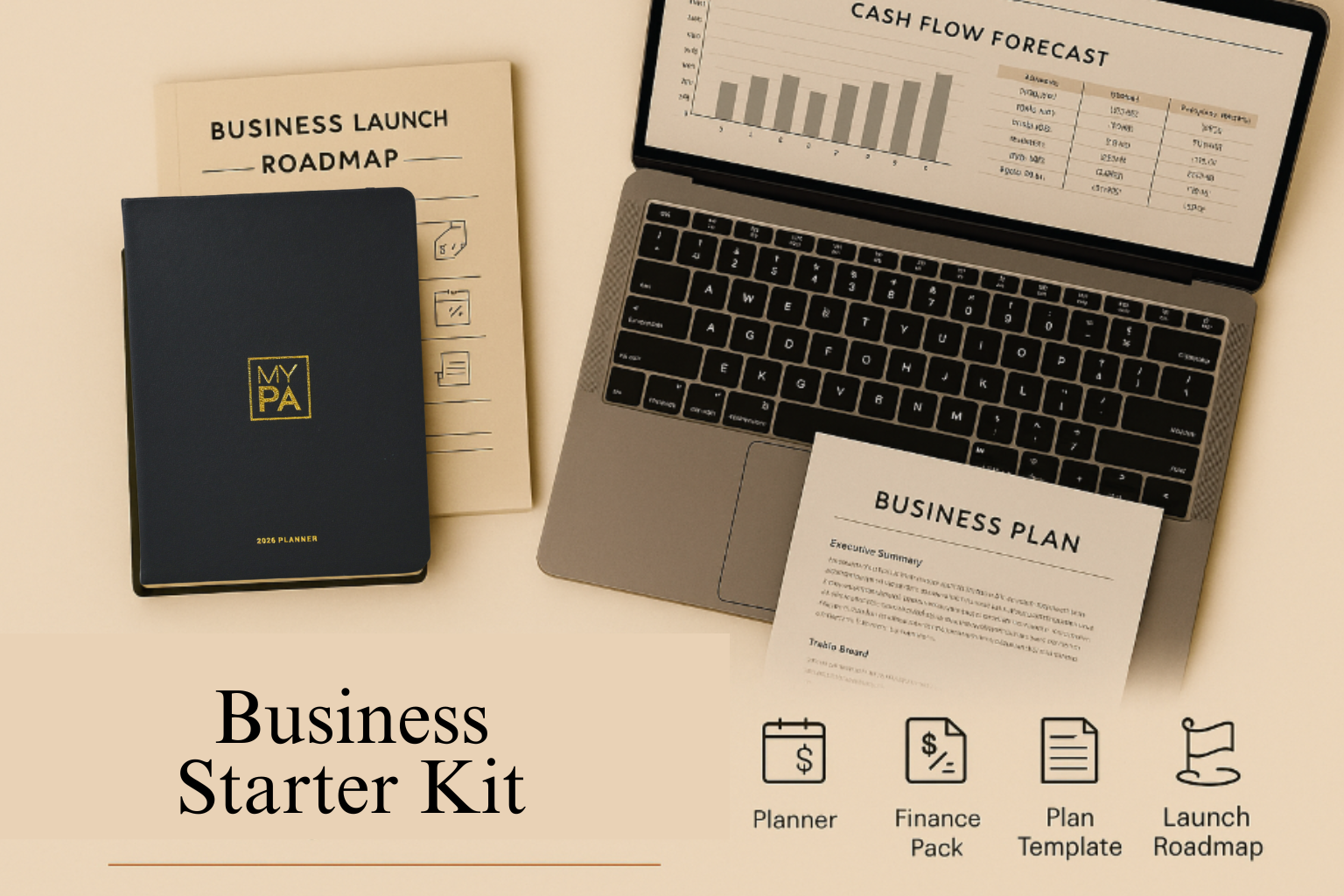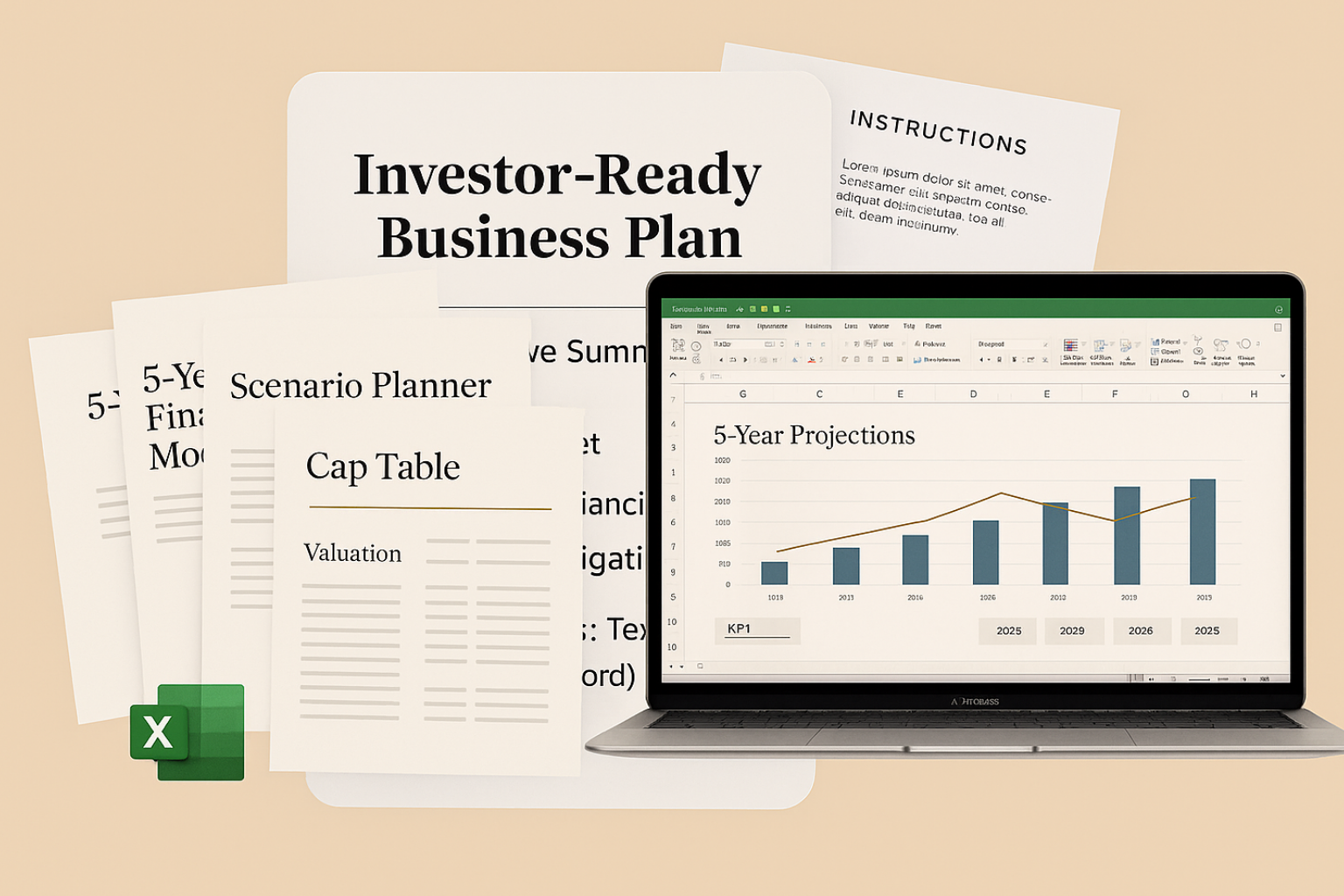Running a small business means juggling ideas, clients, planning, content, invoices, projects, goals… and often doing it all alone.
Notion is one of the best tools to bring everything together, but only if you use the right templates.
In this guide, you’ll discover the best Notion business templates for 2026, what each one is for, and how to choose the right system depending on where you are in your business.
Whether you’re a solopreneur, coach, creator, freelancer, or small business owner, this guide will help you build a business that feels clear, organised, and calm.
Why Notion Templates Matter (Especially for Small Business Owners)
Most business owners don’t struggle because they’re disorganised.
They struggle because their business is scattered:
Notion fixes this — if you have the right setup.
A good template helps you:
See your entire business in one place
Reduce overwhelm
Focus on what matters this week
Stay consistent with clients
Track money clearly
Grow without chaos
The templates below are the ones that genuinely help you run your business like a business, not a guessing game.
1. Notion Planner Templates
A Notion planner is perfect if you want structure in your week without bringing the whole business into Notion yet.
The best planner templates include:
daily, weekly, monthly and yearly planning
goals linked to projects
weekly focus
a content planner
space for ideas and notes
Who this is for:
Early-stage founders, creators, solopreneurs, or anyone who wants clarity without managing clients or finances in Notion.
👉 MY PA Planner Workspace
2. Notion Project Management Templates
If you work with clients or deliver services, you need a simple way to see:
The best project templates include:
task timelines
status tracking
links to clients
priority views
“this week” views
notes and deliverables
This keeps delivery clean and stops things slipping through the cracks.
3. Notion CRM (Client Management) Templates
A CRM doesn’t need to be complicated.
You just need a simple way to track:
enquiries
leads
follow-ups
client status
meetings
notes
Most small business owners lose money because they forget to follow up.
The right template fixes this.
👉 Internal link here:
Link to MY PA Business Hub page (this is where the CRM lives).
4. Notion Finance Templates
Your finances don’t need to be complicated. The best templates include:
income tracking
expenses
subscriptions
invoices
upcoming payments
simple profit view
due dates
A good Notion finance system won’t replace accounting software,
but it will help you stay in control week by week.
👉 MY PA Business FInance Hub
5. Notion Content Planner Templates
If you create content, this is a must.
Look for:
ideas list
posts by platform
schedule for the week
brand assets
messaging
hooks and captions
launch timelines
The key is consistency — a good content planner helps you show up without burning out.
6. Notion Business Hub Templates
This is the template for business owners who want everything in one organised system.
A real Business Hub should include:
Planner (daily, weekly, monthly, yearly)
Projects
Tasks
Goals
Content
Leads & CRM
Client delivery
Finance
Systems
Documents
Recurring actions
A dashboard that shows “This Week” clearly
Most templates only do one piece.
A Business Hub brings everything together.
👉 MY PA Business Hub page
Which Notion Template Should You Start With?
Here’s the simplest way to decide:
If you want structure and planning → start with the Planner Workspace
Perfect if your biggest problem is clarity, focus, routines, or weekly planning.
If you want to run the whole business from one calm system → choose the Business Hub
This includes the full planner plus:
CRM
Projects
Finance
Delivery
Content
Documents
Systems
It’s for anyone who wants everything in one home inside Notion.
Final Thoughts
Notion can transform how you run your business, but only with the right setup.
You don’t need 20 templates.
You just need one system that brings the important pieces together.
If you want to get organised quickly, the MY PA templates give you:





















